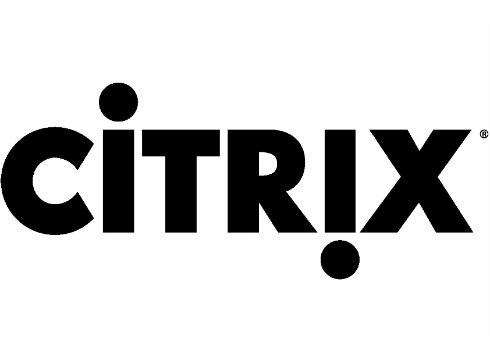Citrix Names Partners For HDX System-On Chip

HP, LG and Fujitsu are among the partners for Citrix’s system-on-chip, which enables high-definition thin client applications that run on power-over-Ethernet networks
Citrix has announced technology partners for its Citrix HDX-Ready System-on-Chip delivering a high-definition desktop application to thin client displays using Power-over-Ethernet (PoE) technology to send data and electricity over the same wires.
At this week’s Citrix Synergy Conference 2012 in San Francisco, Citrix unveiled device partners such as HP, NComputing, LG and Fujitsu are among the technology partners deploying the HDX solution on their thin clients. The technology delivers a desktop image to the display with system-on-chip technology that uses a small processor footprint.
PoE connectivity
PoE connectivity eases the deployment and management of multiple end points, such as in a contact centre or other such installation, said Jeff Groudan, worldwide director of thin client marketing for HP. The Citrix HDX-Ready System-on-Chip powers the new HP t410 All-in-One Smart Zero Client device the company will begin shipping in late August at a list price of $429 (£266).
 The Citrix technology, first introduced at a Citrix Synergy conference in Barcelona, Spain in October 2011, makes deployment easier and more affordable than a traditional virtual desktop infrastructure (VDI) environment, said Mike Templeton, president and chief executive of Citrix, during a keynote address at the Synergy event in San Francisco.
The Citrix technology, first introduced at a Citrix Synergy conference in Barcelona, Spain in October 2011, makes deployment easier and more affordable than a traditional virtual desktop infrastructure (VDI) environment, said Mike Templeton, president and chief executive of Citrix, during a keynote address at the Synergy event in San Francisco.
“The typical VDI can cost more than a physical desktop to deploy,” said Templeton. “But we put all of the power of HDX in silicon, so that powerful engine could run close to the processor to enable high performance and lower cost.”
Using a PoE connection means the data and the electricity to run the display come from the same cable. That is ideal for places where electrical power distribution is limited, Groudan said. If a large room where one wants to set up a call centre has only two electrical outlets, it would be impossible to set up 100 or more PCs. Using PoE, those outlets could be used to power a couple of 50-port switches. PoE is also more energy efficient; the HP device consumes as few as 13 watts of electricity.
‘Zero client’
HP’s product is called a “zero client” because it’s an even more simple design than a thin client, he said. A thin client contains a smaller version of a traditional desktop computer operating system like Microsoft Windows because a thin client has limited functionality compared to full-featured PC.
“A zero client comes with no local OS,” Groudan explained. “The real value proposition of that is that even though thin clients are easier to manage than PCs, you still have to manage the end point. With zero clients you don’t have to manage the end point anymore.”
The HP device runs a Texas Instruments processor combined with the HDX System-on-Chip technology. TI is another Citrix partner on the HDX project.
Citrix Synergy 2012 included news about the company’s Project Avalon launch for delivering Windows desktops and applications completely as a cloud service along with a number of other new product launches and upgrades.
Do you know Google’s secrets? To find out, take our quiz.